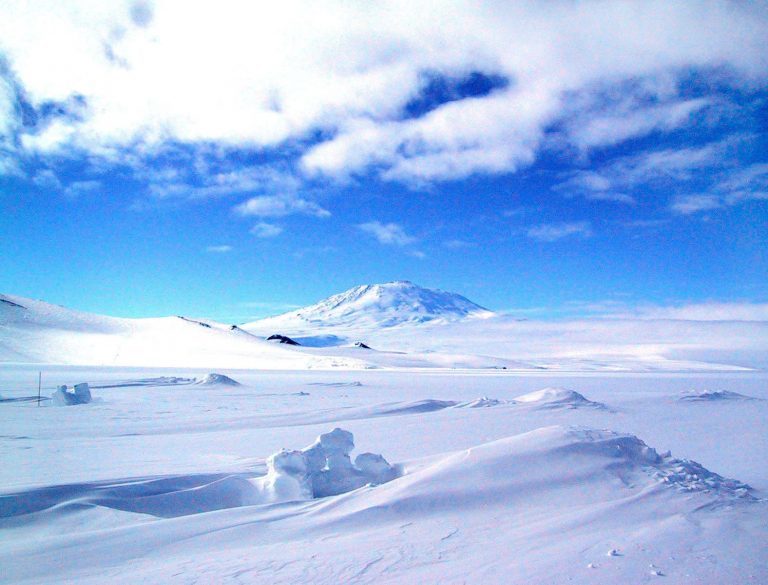From PM:
Summary:
- Scientists studied the Pliocene epoch, which happened a few million years ago.
- Temperatures were a little warmer then, so the epoch could be a good preview of a warmer Earth.
- They found Antarctic ice was more prevalent back then than we'd believed.
Of course, it's important to remember that ice sheets are complex and predicting how they will react is difficult - there's a wide range of possibilities. Perhaps the best way for scientists to predict how ice sheets will behave in the future is by learning how they behaved in the past, so one group of scientists traveled to the East Antarctic Ice Sheet to learn its history.
Specifically, the researchers were interested in what happened to the ice sheet during the Pliocene epoch, the geologic period from about 5.4 million years ago to around 2.5 million. During the Pliocene, global temperatures were a few degrees warmer than they are today, which means this era is a good model for what our world might look like in a few decades, if climate change remains unchecked.
To determine just what happened to the ice sheet during this period, the researchers drilled deep into the rock beneath it. The scientists were looking for samples of certain isotopes, beryllium-10 and aluminum-26. These particular isotopes are created from the impact of cosmic rays from space. When these cosmic rays hit the atoms in the soil, they trigger atomic reactions that produce these isotopes.
The key fact here is that cosmic rays can't penetrate ice. If there was ice over the ground during the Pliocene, the cosmic rays wouldn't have reached the ground and these isotopes shouldn't be present in the soil. But if the ice sheet melted significantly, the researchers would find higher levels of these isotopes.
...
"Based on this evidence from the Pliocene, today's current carbon dioxide levels are not enough to destabilize the land-based ice on the Antarctic continent," said study author Jeremy Shakun.
Full story here




Comment: Sorry, Warmunists: 99.989% of the Antarctic ice sheet didn't melt!